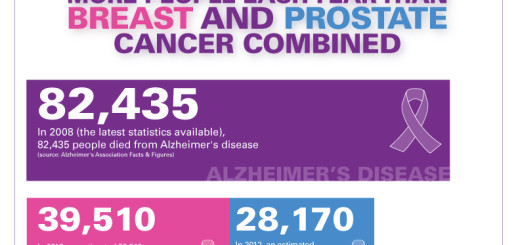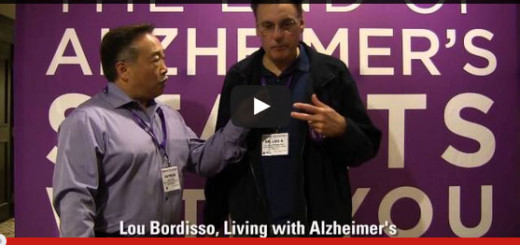News of memory implants reminds us: we can all contribute to the CA state plan’s awareness goals
Screaming headlines greeted me when I returned from an Alzheimer’s meeting in San Diego on Friday night – “Memory Implant Gives Rats Sharper Recollection.” Well, not really a headline, and not screaming either, but rather an interesting article about the design of a brain implant that restored lost memory function and strengthened recall of new information in rats. Don’t get too excited; scientists are a long way from human testing. But this is another hopeful sign and another compelling reason why we can’t ignore any viable brain research.
Even if restored memories are mundane – such as suddenly remembering where the bathroom is, or where the pots and pans are stored – anyone caring for someone with Alzheimer’s knows that such recollection can make a big difference in the lives of people living with Alzheimer’s and their caregivers, and can extend the time someone can remain at home.
But, back to our Alzheimer’s meeting last Friday. Bright, knowledgeable, committed professionals from the Alzheimer’s Association from all California chapters joined several volunteers to set a two-year strategy direction as a first step in implementing California’s Alzheimer’s Disease State Plan. It’s clear that the State Plan is so comprehensive and so far-reaching that we will need many years and much help to stay on the right road, but the progress that was made last week certainly increased my confidence level that we can do it!
While the strategy and implementation steps are being fine tuned, I wanted to let you know that a recommendation that will receive intense focus is to “heighten public awareness through culturally appropriate public education campaigns.” Already, the Alzheimer’s Association is rolling out specific programs in multiple communities that emphasize the 10 Ten Warning Signs. We all recognize that the most successful public health campaigns promote short and snappy messages that are heard and seen over and over again. That’s important, and effective.
As much as a consistent and well executed public awareness campaign is vital for our cause, we also recognize that the subject of Alzheimer’s creeps into our conversations, the newspapers and books we read, in ways that are much more prevalent than ever before. I mentioned the research article at the beginning of this post, and honestly don’t think a week goes by without some kind of news article about Alzheimer’s.
Alzheimer’s is also increasingly popping up in books I read – have you noticed that too? Sometimes it’s just a mention, or the author can craft a main or supporting character with the disease. In fact, in a recent review of Roddy Doyle’s new collection of short stories (Doyle is an insightful and hilarious Irish writer), one description goes like this: “In one story, the narrator tries to figure out whether his father was abused as a child or his mother has Alzheimer’s and is making up stories.” Not too long ago, the writer, I’m sure, would have come up with a different reason for the mother’s “stories.”
Keep an eye out for everything you notice and figure out a way to extend the story. We know that just because Alzheimer’s is written about, it doesn’t mean the information is always accurate or helpful. We need you to keep talking, looking and reading and let us know the messages you see. How do they impact what you think or do? Only by sharing information and being involved can we influence how Alzheimer’s is portrayed.

















